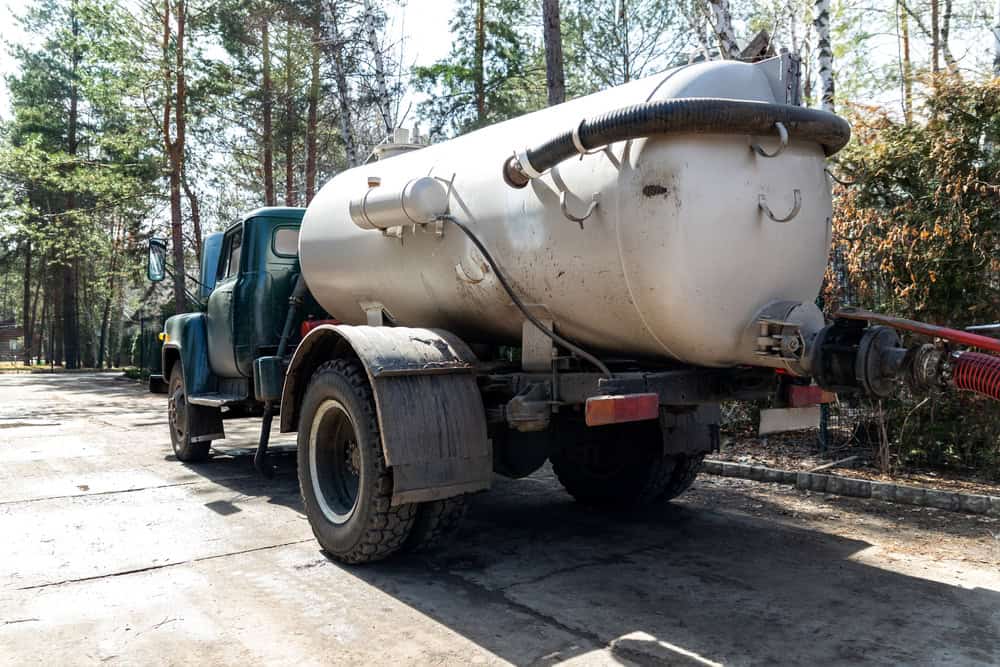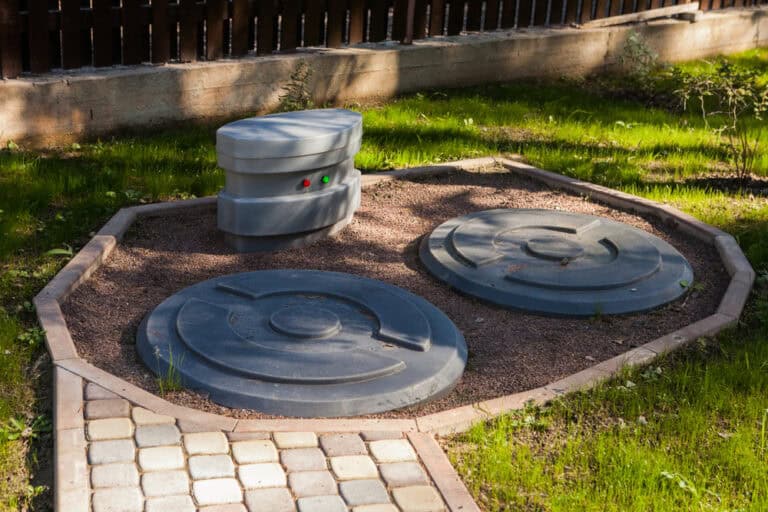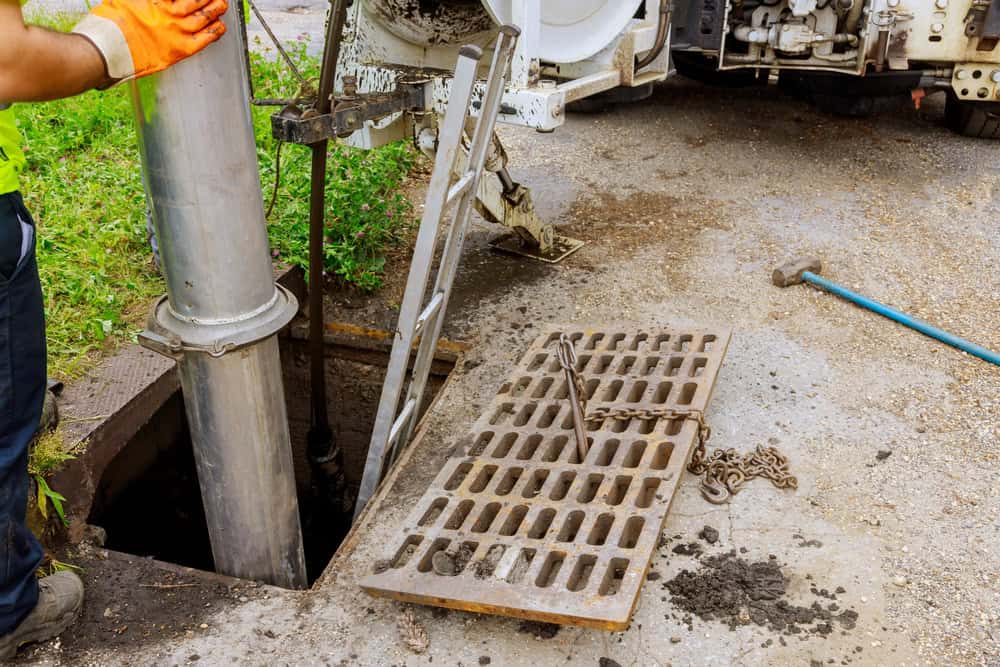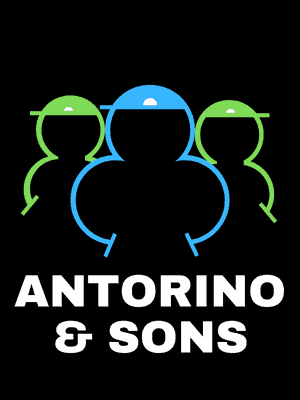Cesspool in Cold Spring Harbor, NY
My husband and I needed the pipe that connects our home to the town sewer line replaced. Other companies told us they would need to rip up the sidewalk, street, and our walkway which would have cost us thousands in additional work.
More About Us
Browse Septic Tank Services
contact us
Discover Leading Cesspool Maintenance Programs in Cold Spring Harbor, NY: Stay Ahead of Problems

Why Regular Cesspool Maintenance is Essential
Regular cesspool maintenance is not just a preventative measure; it’s a necessity for the longevity and efficiency of your waste management system. In Cold Spring Harbor, NY, where environmental conditions can vary widely, having a reliable cesspool maintenance program in place is critical. Antorino & Sons specializes in comprehensive cesspool care, designed to identify and address potential issues before they become costly problems. Our proactive approach ensures your cesspool system operates at peak efficiency year-round, protecting your property and the environment.
Our maintenance programs are tailored to your property’s unique needs and comply with Suffolk County’s stringent environmental standards. By choosing Antorino & Sons, you’re investing in the health of your cesspool system and in the peace of mind that comes from knowing your property is in good hands. Regular inspections, cleaning, and necessary repairs are all part of our commitment to excellence in cesspool maintenance.
Expertise in Local Standards:
Our knowledge of Cold Spring Harbor, NY, and Suffolk County regulations ensures your cesspool is always up to code.
Customized Maintenance Plans:
We tailor our maintenance programs to meet the specific needs of your property, ensuring optimal performance.
Dedicated Customer Support:
Our team is ready to assist you with any questions or concerns, providing peace of mind and reliable service.

Understanding Your Cesspool Maintenance Needs
At Antorino & Sons, we believe that every property in Cold Spring Harbor, NY, has unique cesspool maintenance needs. That’s why we start with a comprehensive assessment of your cesspool system to understand its condition and how best to maintain it. This personalized approach allows us to create a maintenance plan that’s as unique as your property, ensuring that all aspects of your cesspool system are addressed efficiently and effectively.
Our experienced professionals use the latest tools and techniques to perform thorough inspections and maintenance. Whether it’s routine cleaning, identifying potential issues, or making necessary adjustments, Antorino & Sons ensures your cesspool system in Suffolk County receives the attention it deserves. With our maintenance programs, you can rest assured that your cesspool will remain in optimal condition, minimizing the risk of unexpected failures and the need for emergency repairs.

The Benefits of Choosing Antorino & Sons for Your Cesspool Maintenance
Choosing Antorino & Sons for your cesspool maintenance in Cold Spring Harbor, NY, comes with a multitude of benefits. Firstly, our in-depth knowledge of local regulations and environmental guidelines ensures that your cesspool system is not just maintained but also compliant with all Suffolk County standards. This expertise provides a significant advantage, helping to avoid potential legal and environmental issues.
Secondly, our commitment to customer service means that we’re always here when you need us. With 631-250-6829 just a call away, scheduling regular maintenance or addressing concerns becomes hassle-free. Our goal is to extend the lifespan of your cesspool system, reduce the need for costly repairs, and ensure your system’s efficiency and reliability. With Antorino & Sons, you’re choosing a partner dedicated to the care and longevity of your cesspool system.
Have a question?
Cold Spring Harbor was named after the naturally cold freshwater springs that flow in the area. Its economy mainly tied to milling and port activities, it rose in prominence as a whaling community in the mid-nineteenth century. After the decline of whaling in the 1860s, it became a resort town with several hotels. In the 20th century it became known as the site of Cold Spring Harbor Laboratory, although the laboratory itself is located in the adjacent village of Laurel Hollow in Nassau County, which was called Cold Spring before incorporation.
Today it is primarily a bedroom community of New York City, with a small central business area running along Route 25A, and is home to many educational and cultural organizations: the Cold Spring Harbor Whaling Museum, the Cold Spring Harbor Fish Hatchery and Aquarium (also in Laurel Hollow), Dolan DNA Learning Center, the Uplands Farm Sanctuary (home of The Nature Conservancy’s Long Island chapter), and a museum exhibition gallery run by Preservation Long Island.
Learn more about Cold Spring Harbor.Local Resources
Useful links for Cold Spring Harbor, NY
- Open a Cold Spring Harbor, NY map
- Find the Cold Spring Harbor, NY United States Post Office
- Locate nearby Cold Spring Harbor, NY pharmacies
- View the current Cold Spring Harbor, NY weather report
- Browse a list of Cold Spring Harbor, NY public and private schools
- Cold Spring Harbor, NY is located in Suffolk county in New York State
